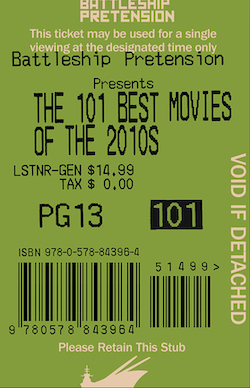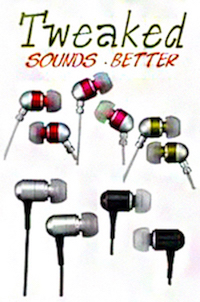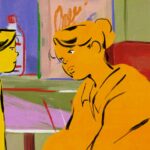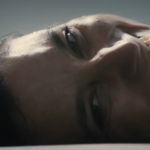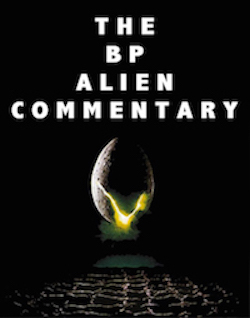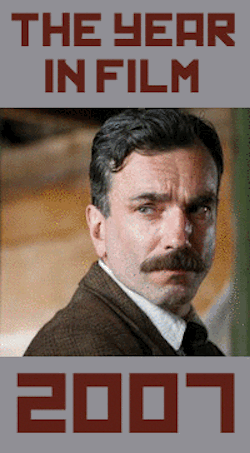Raw Talent, by Jack Fleischer
To say that Jiro Dreams of Sushi is the story of the World’s Greatest Sushi chef is both reductive and incomplete. To put it in terms that Jiro himself might use, this film is like a lovely, desirable, mouthwatering piece of tuna. Tuna, which happens to be one of the most basic and beautiful fishes used in sushi, is currently most highly prized at its fattiest (Otoro). Yet according to Jiro while the fatty portion appeals to the base elements of the palate, it’s actually the leanest portions that offer the most flavor complexity and nuance. This film is more than a simple rich portrait, this is lean tuna, delicious, and in the end, deceptively complex.
At 86 years of age, Jiro Ono holds the Guinness record as the oldest chef to ever be awarded three Michelin stars. On top of this unusual distinction his restaurant, Sukiyabashi Jiro has only ten seats, and is located by the underground entrance to a subway station in Tokyo. This small unassuming man in this small unassuming location has stolen the hearts and minds of some of the world’s greatest chefs, and he does it by creating tiny shinny bails of ambrosial sea pickings.
There is of course the cursory examination of Jiro’s childhood, we pace through his daily routine, and then there are the interviews with fans and protégés, yet the true beauty of this film lies in its examination of the direct legacy that Jiro will eventually leave behind. In an amazingly accurate turn, this film really is more about Jiro’s dreams than the man himself.
No, there are no dream sequences, no animated fishes, etc. I mean this is literally a documentary about how one man has been realizing his dreams, and he doesn’t do it alone.
In meeting these workers, specifically his eldest son Yoshikazu, you’re given a whole new idea of what goes into the sushi. The surprise, a fact that Jiro himself admits, is that while he gets all of the credit, at this point he is more John Williams or Seiji Ozawa, rather than Itzhak Perlman or Taro Hakase. Perhaps it’d be more fitting to say that he’s “Kambei Shimada” from Seven Samurai (Yul Brenner for the American version). Every day he leads his team into battle, and the job can’t be done without the entire team coming together. That’s where the title comes in. Jiro dreams of how to make the perfect sushi, and then everyone from the fish mongers, to the rice vendor, to the young kid who just wants to finally prove that he can make the perfect atsuyaki tamago (egg cake) make the dreams a reality.
If you’re looking for the Rachael Ray of sushi, this is not it. This is a film that tries to explore the reasons why the world’s most perfect sushi exists, not how it can be replicated. This is truly a film about the art of sushi, and not the mechanics.
To add to it all there are some wonderful slow-mo beauty shots of sushi, shots that will make you regret and revile every prepackaged, conveyer belt bite of fish flesh you’ve ever consumed. Then there’s the soundtrack, a brick wall of wonderfully appropriate classical scores from Beethoven, Mozart – and a number from Philip Glass that seem to give certain scenes a pleasant Koyaanisqatsi quality.
Sushi fans, food fans, and people who just like a complex family story, rolled up into an uplifting mildly biographical documentary will be rewarded with Jiro, plus, if you pay attention until the end, there is a small surprise that makes this film all the richer for the journey.













